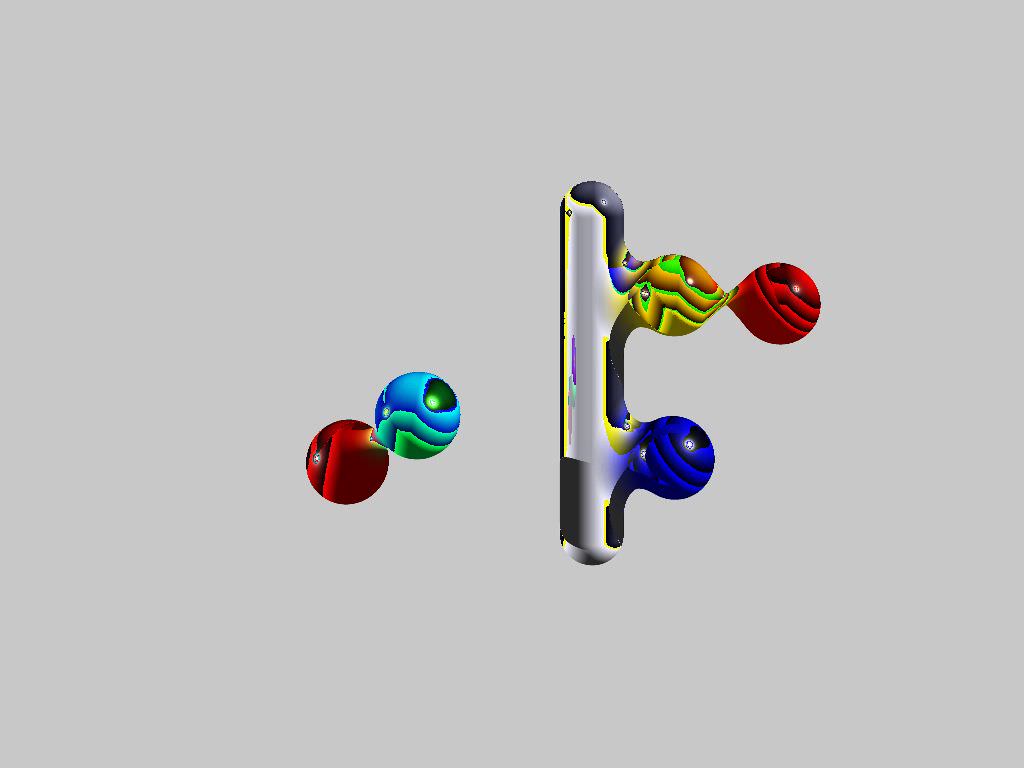
Funky results from improper anti-aliasing.
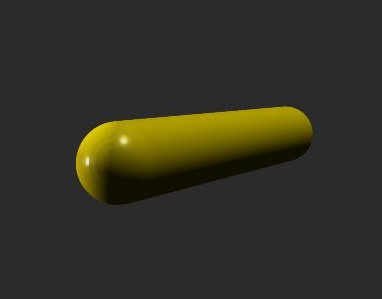
The sledge hammer algorithms result when tracing a simple line primitive.
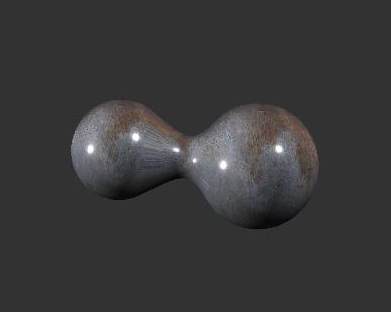
Two blending point primitives with the same texture.
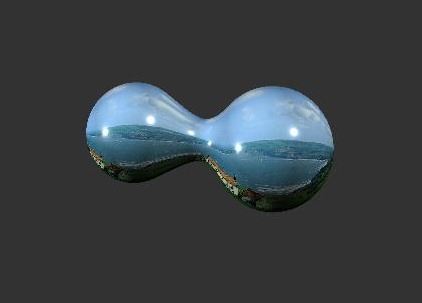
Same thing with different texture.

Example of textured lines before we began tiling the line textures.

More texturing of points and lines without tiling.

Examples of lines with tiled textures.

Again but with different texture.
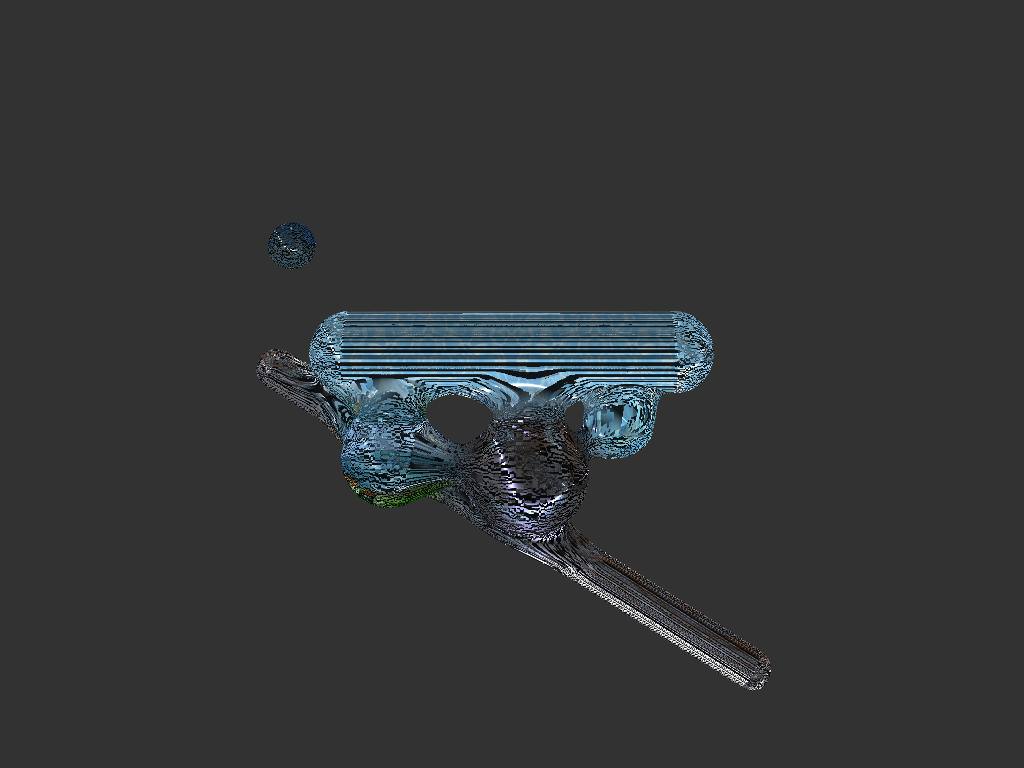
An example of bump maps before we'd perfected bump mapping.
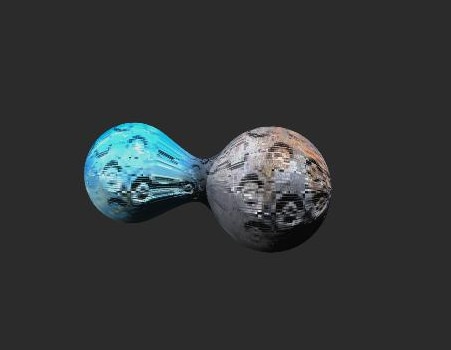
Some nicely bumpmapped points.
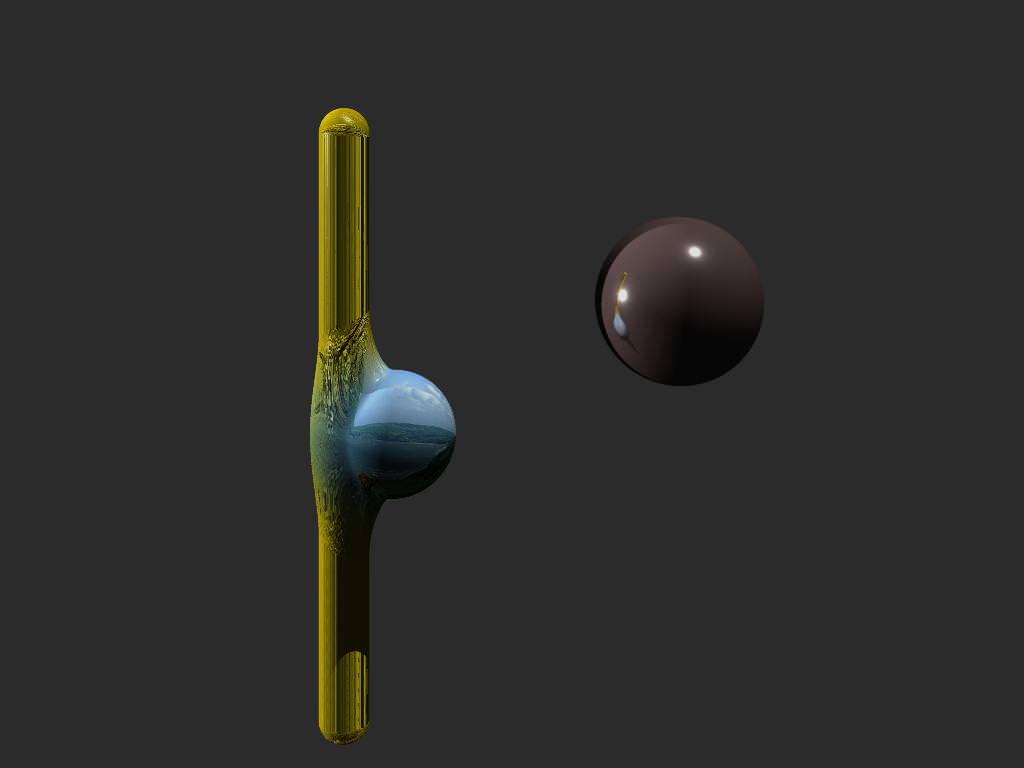
Reflecting sphere, textured sphere, and the strangeness of bumpmapped lines.
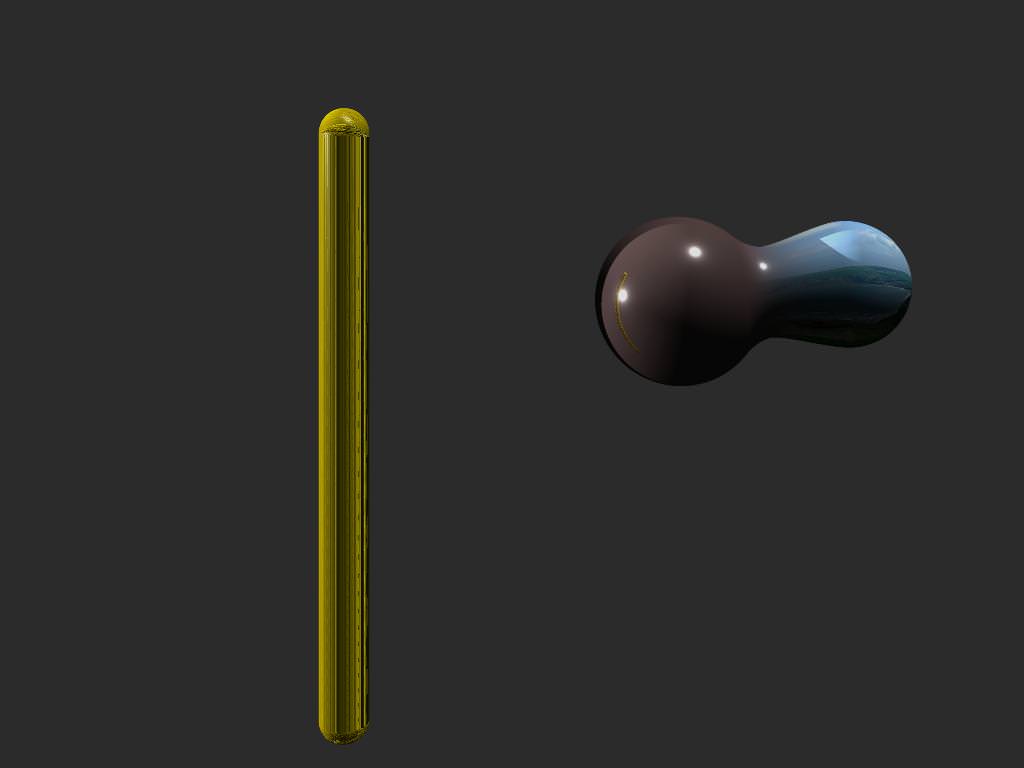
Notice the textured sphere blended with non-textured reflect sphere.
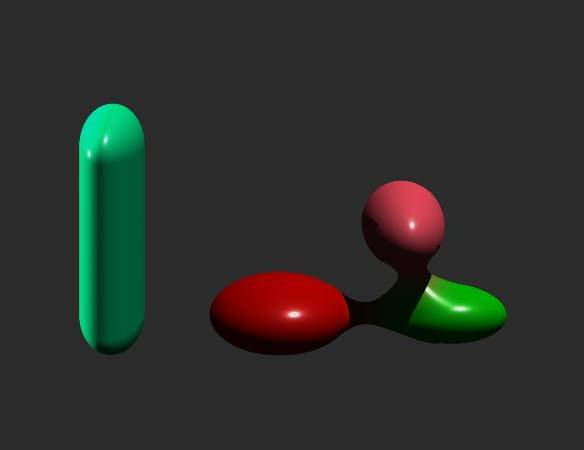
Scalar warps along various axes on a line and three point primitives. Blending of scalar warps is shown.
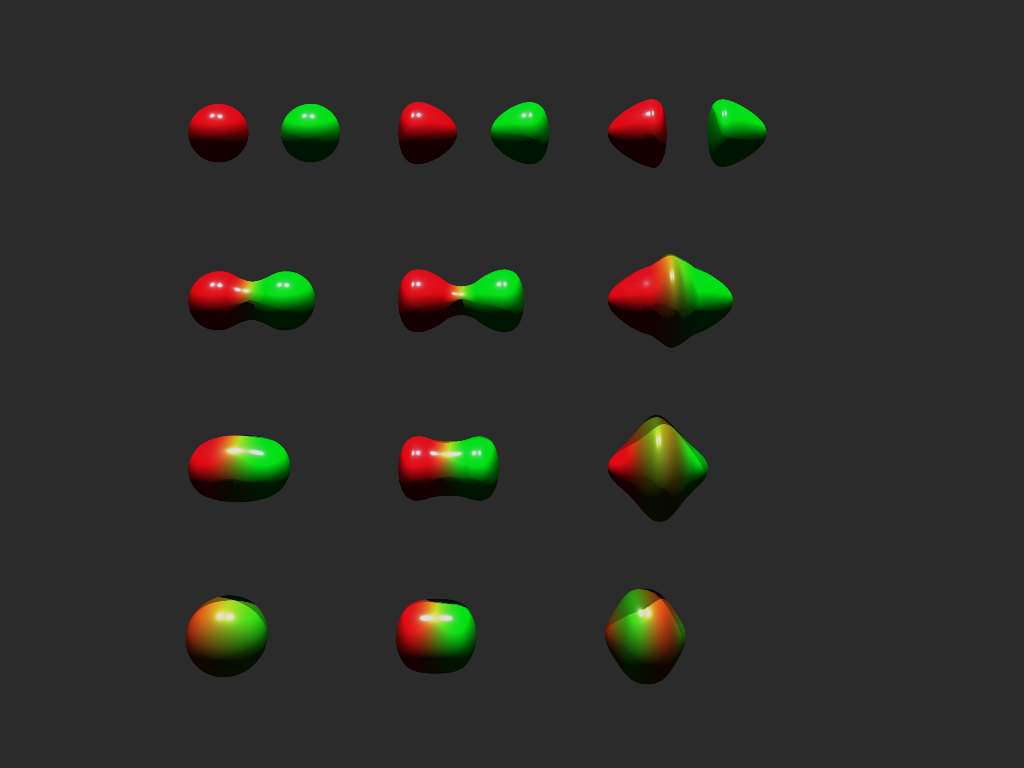
Examples of tapered points blending. Don't get fooled by the shadows.
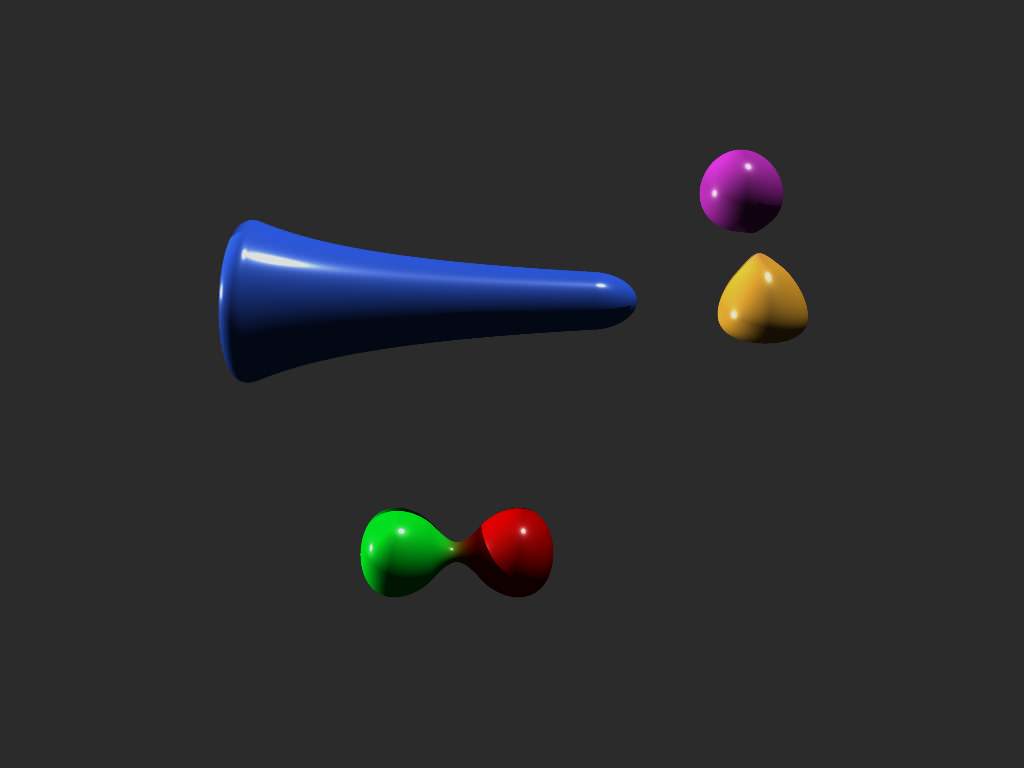
An assortment of different tapers.
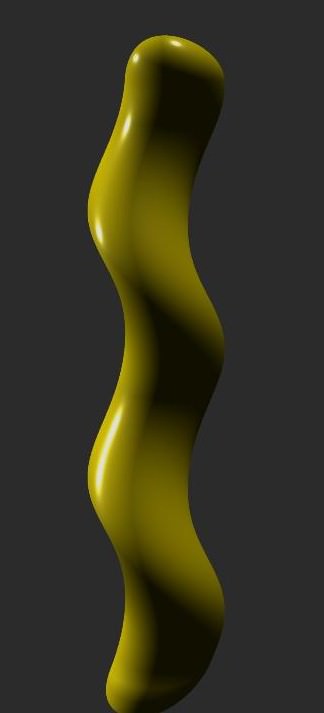
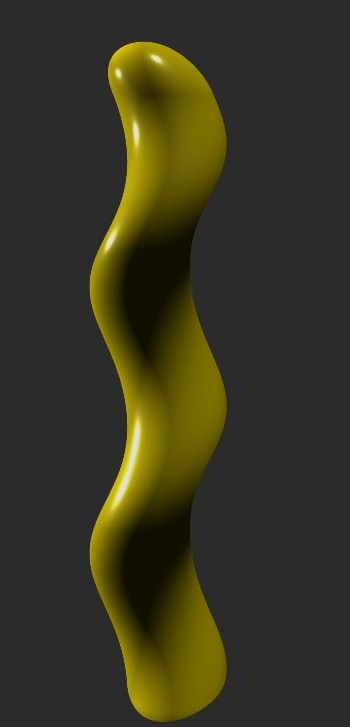
Two twists along the y axis, one with frequency 2, the other with frequency -2.
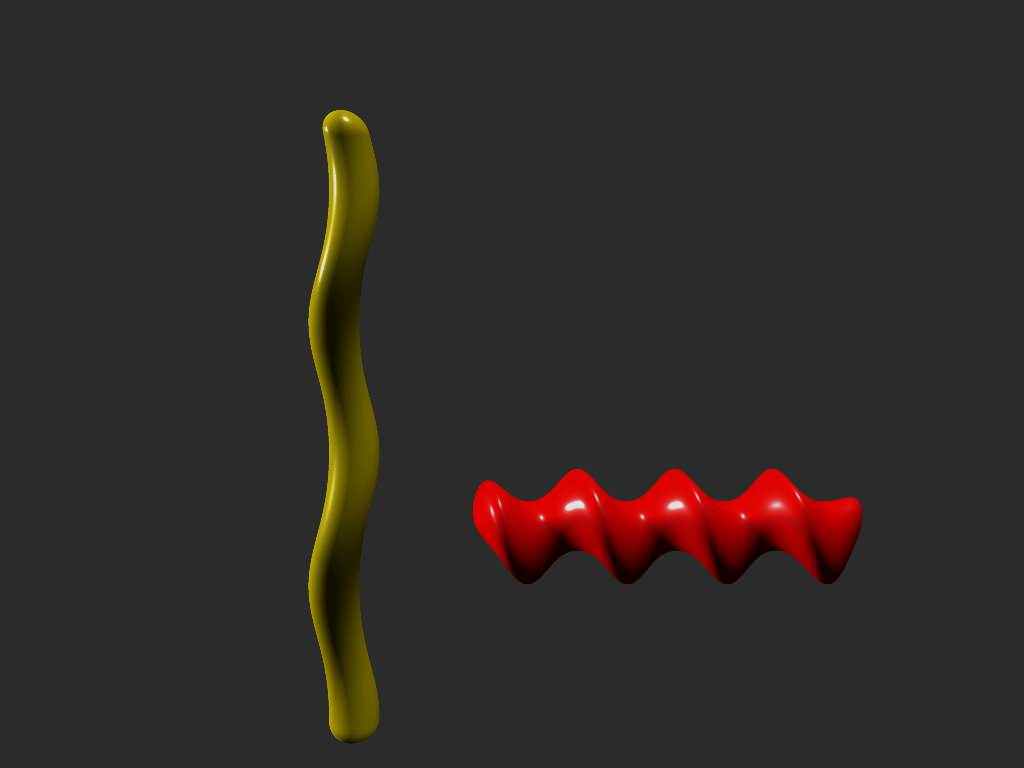
More twists.

The results of the sledge hammer algorithm as executed on some twist warps and a cosine warp. The red line shows a cosine warp. Notice that the green twisted point primitive is rather chunky, this is because our interval is too large.

The bend operator (notice that bottom line has been bend out of the clipping range. If this had been drawn by the sledge hammer ray tracer, this wouldnt' have happened.
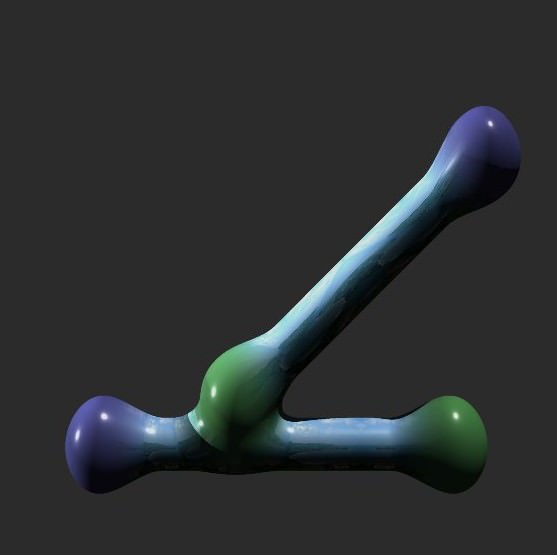
Two barbells, one that has been rotated and translated. Each barbell is made out of a textured line and two points. The points of been squished on the x axis. Notice that the squish on the x axis does not rotate as the object rotates.
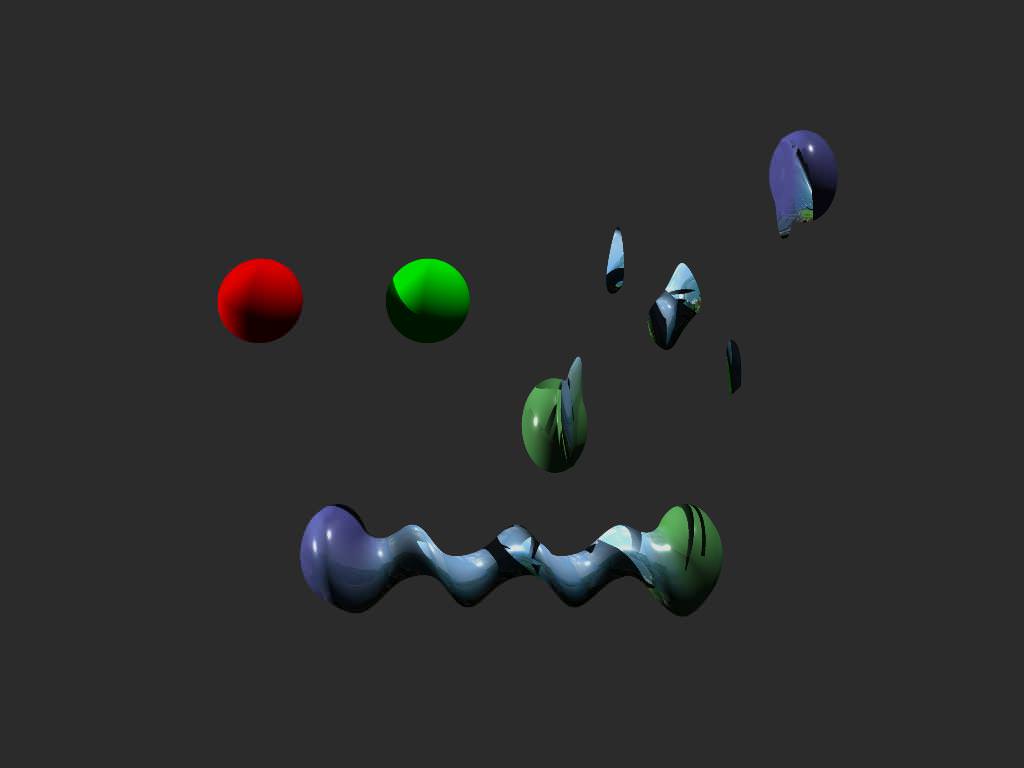
A Both barbells have had their lines twisted. A bad result because the twisting warp on the translated on rotated barbell still occurs along the x axis. I wonder what would happend if a used the sledge hammer tracer to draw this scene?

More examples of translation and rotation of groups. I have applied a twist to the line of the bottom barbell. Some pretty colours.

The same image as ray traced by the sledge hammer ray tracer. The contour artifacts appear on the curves of the sphere. It's clear that our sampling interval is not quite small enough.
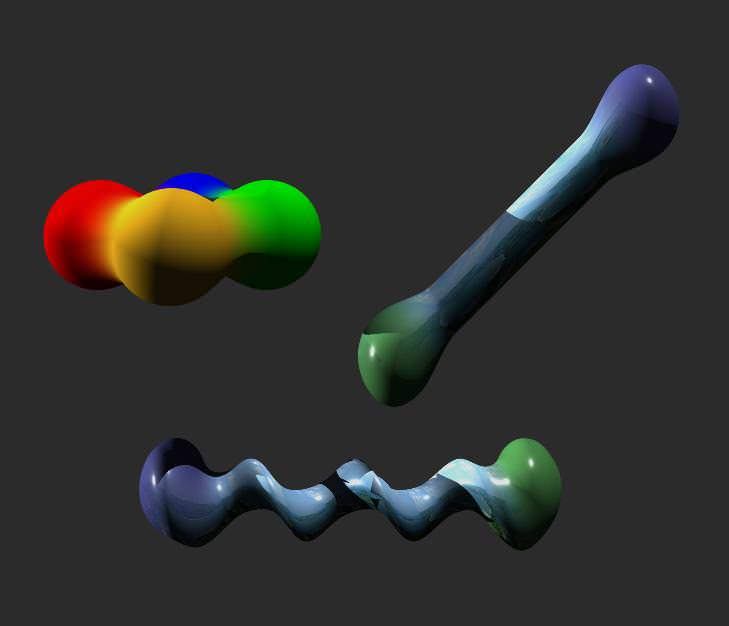
Another version of a similar scene. Created by the fast ray tracer. Shadows have been turned on in this one.
John Brosz and Anson Poon.
April 16, 2003